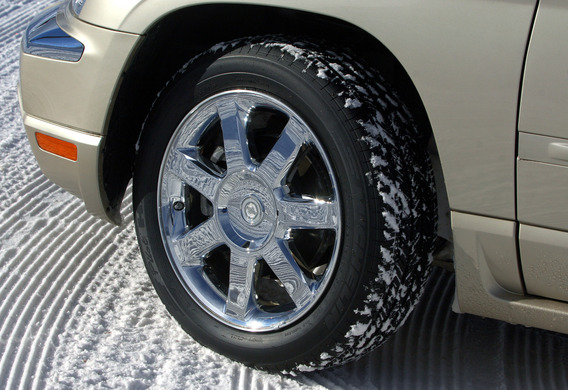
Appointment
This lifting aid system, like the downhill aid system, is one of the functions of the exchange rate stability system and is assigned to active vehicle safety systems. It makes it much easier for the driver to enter the steep slope-thanks to this system, the car does not roll back under its own gravity. The lift system is used for off-road vehicles with full-wheel drive, as well as crossover vehicles. It makes it much easier to ride mountainous and cross-terrain, and also improves security.
For this system there is no universally accepted three-letter designation-all producers refer to it differently. For example, in the Subaru and Fiat cars it is called "Hill Holder", in "Volkswagen" is referred to as HHC-"Hill Hold Control", in "Toyota" is known as HAC "Hill-Start Assist Control", and "Nissan" USS "Uphill Start Support".
Device and operating principles
This system is based on a dynamic stabilization system. Like the help on the downhill, it works in a cyclic way. In a cycle of four phases: the creation of brake pressure, maintaining this pressure, then lowering and finally dumping it.
When the vehicle is brake on the rise, the braking system operates as follows: switch and intake valves are open, while high pressure vents and valves are closed. The brake-pressure created and holding the vehicle in place does not allow it to roll back: if the brake pedal is released, the switching valves are closed and the pressure remains at the same level.
In order to reduce the brake pressure, you have to press the gas pedal: then the transfer valves are gradually opening up.
When a motor vehicle is gaining the necessary speed, the switches are opened and the pressure is reset on the system.
It is worth noting that the lift system works independently of the direction of the movement-even if the driver turns on the back turn.







